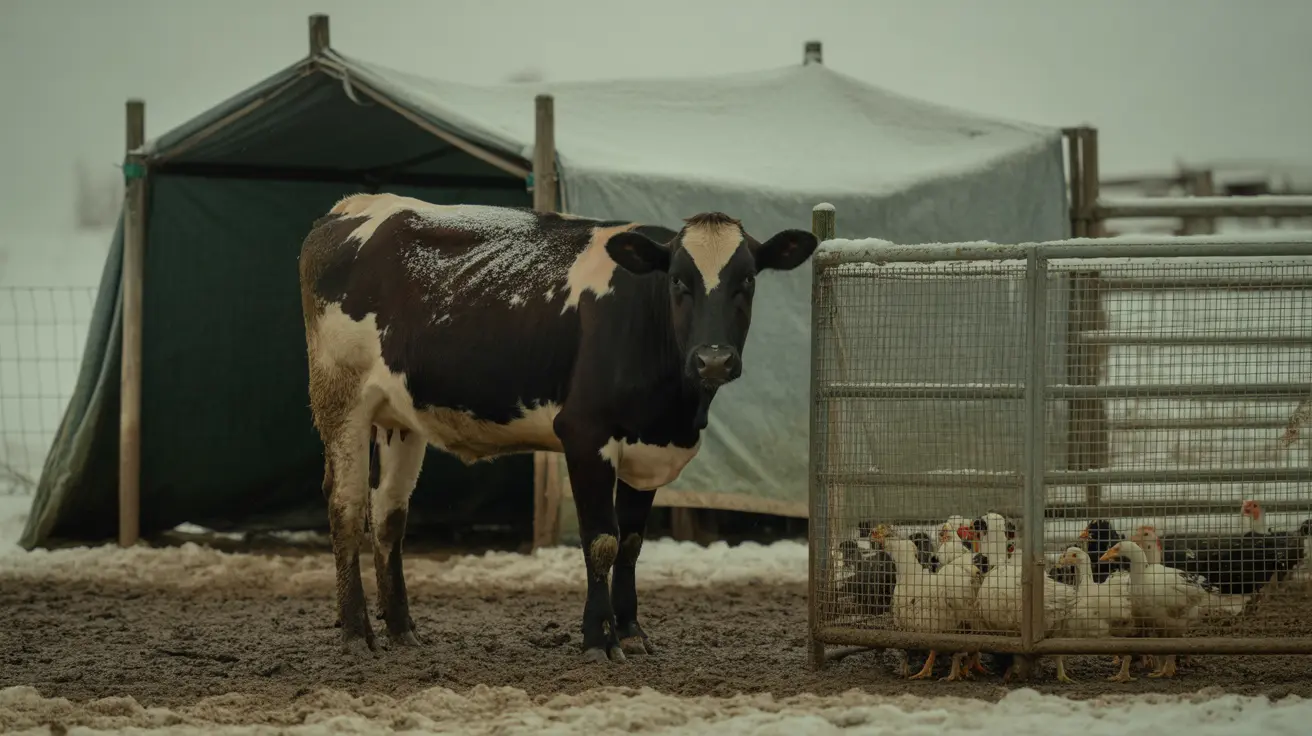Why People Used to Give Cats Milk
For generations, the image of a cat lapping milk from a saucer has been a staple of popular culture. From storybooks to cartoons, cats and milk have become an iconic pair — but where did this association originate? And more importantly, is giving milk to cats truly good for them?
The Origins of the Milk-and-Cat Tradition
The practice of giving cats milk dates back many centuries. There are several reasons why people commonly offered milk to their feline companions:
- Rural lifestyles: Historically, many families lived on farms where cows were kept and milk was abundantly available. Cats, often kept around barns to control rodents, were naturally given a taste of whatever was on hand — including milk.
- Early domestication: When cats began living closer to human settlements, they were likely fed leftovers and scraps, sometimes including dairy products.
- Visual cues: Kittens nurse from their mothers and show a strong interest in milk early in life. Observing this behavior, people assumed adult cats would enjoy milk as well.
- Media influence: Children's literature and cartoons have consistently portrayed cats enjoying milk, reinforcing the idea that it's a natural treat for them.
Can Cats Digest Milk?
While many cats will happily lap up a bowl of milk, that doesn't necessarily mean it's good for them. Most adult cats are
lactose intolerant. As they grow older, they lose the enzyme lactase, which is necessary to digest lactose — the sugar in milk.
If a lactose-intolerant cat drinks milk, it may experience symptoms such as:
- Stomach cramps
- Diarrhea
- Gas
- Vomiting
Why Did the Myth Persist?
The image of cats drinking milk endured because of its roots in early cultural practices and the fact that cats seem to enjoy the taste. In addition, people often misinterpreted cats’ reactions to cream or whole milk:
- High-fat content: Cream and whole milk are high in fats, which cats instinctively crave as carnivores.
- Short-term enjoyment: Many cats do enjoy the taste and texture, encouraging humans to repeat the behavior, even if it causes digestive upset later.
Modern Views on Feeding Cats Milk
Veterinarians today advise against giving regular cow’s milk to adult cats. Instead, if you really want to treat your feline friend with something milky, consider options such as:
- Specially formulated cat milk: These products are lactose-free and created specifically for feline digestion.
- Hydration strategies: Clean water is always the best drink for a cat. Wet food can also help keep your cat hydrated.
Should Kittens Drink Milk?
Kittens naturally drink their mother’s milk, which is rich in nutrients and perfectly suited to their needs. However, when orphaned or weaning, they should be fed
kitten formula rather than cow’s milk. Kitten formula mimics the nutritional content of mother’s milk and is far safer than milk meant for humans.
Conclusion: A Cultural Tradition, Not a Necessity
Giving cats milk is a behavior rooted in history, availability, and media portrayal rather than science. While it’s tempting to share a saucer of milk with your furry friend, the truth is that most cats don't tolerate dairy well. Understanding your cat’s dietary needs is crucial for their long-term health and wellbeing.
Instead of milk, opt for high-quality cat food, plenty of fresh water, and veterinary-approved treats. It’s time to say goodbye to another myth and embrace the facts when it comes to feline nutrition.





